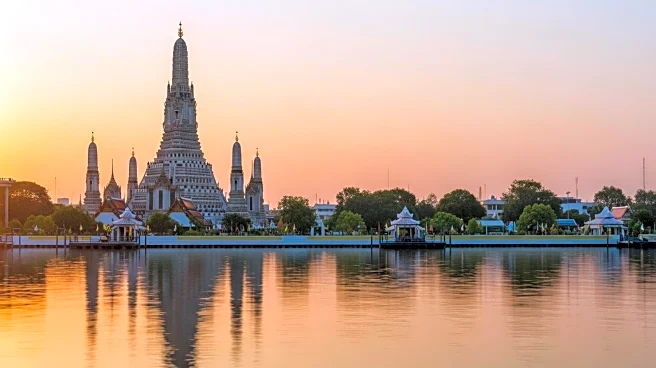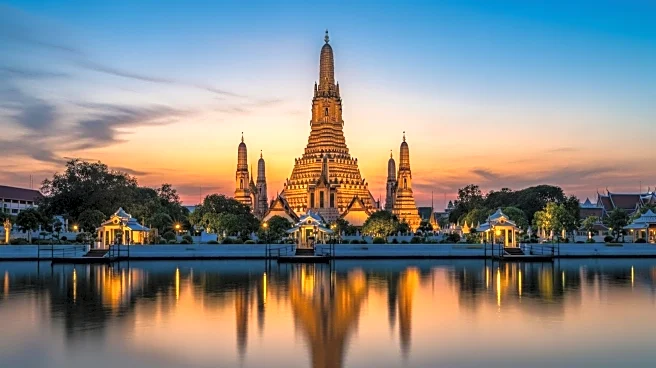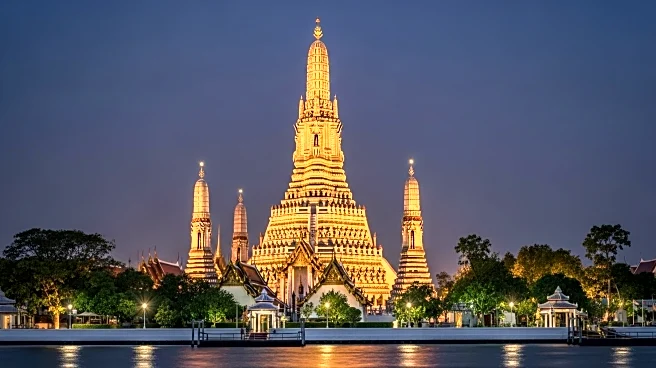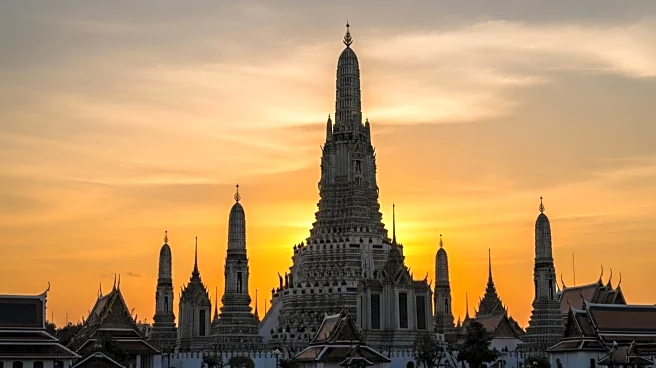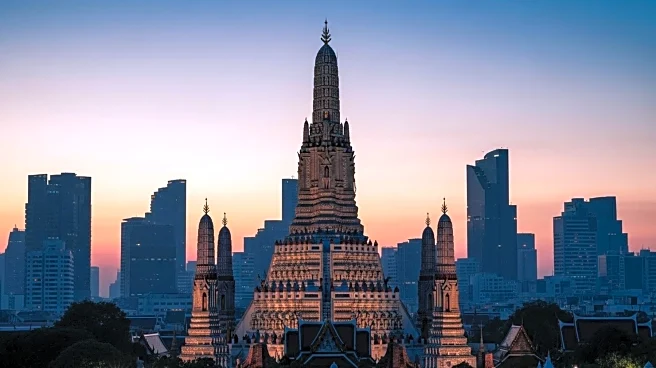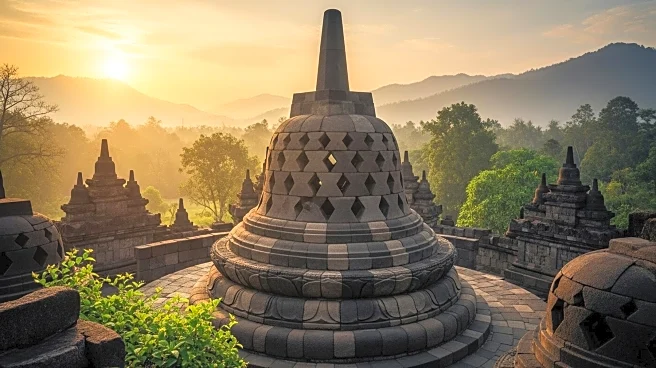Wat Arun, the Temple of Dawn, is a captivating Buddhist temple located in Bangkok, Thailand. Known for its stunning architecture and cultural significance, Wat Arun has a substantial footprint that extends beyond its geographic location. Situated on the west bank of the Chao Phraya River, the temple's presence is evident in its institutional, economic, and environmental impacts.
Geographic Reach
Wat Arun's geographic reach is centered in the Bangkok Yai district, where it serves as a prominent landmark and cultural hub. The temple's location on the Chao Phraya River provides a picturesque setting that enhances its appeal to visitors. Its central prang, a Khmer-style pagoda, is a striking feature that has become a symbol of Bangkok's skyline, attracting tourists from around the world.
Institutional Presence
As a key religious site, Wat Arun holds significant institutional presence in Thai society. The temple's role in religious ceremonies and festivals underscores its importance in cultural and spiritual practices. Its depiction in various media, including films and literature, has contributed to its status as a cultural icon, inspiring artists and writers worldwide.
Economic and Social Footprint
Wat Arun's economic footprint is evident in its contribution to the local tourism industry. As one of Thailand's most iconic landmarks, the temple attracts visitors from around the world, contributing to the local economy and fostering cultural exchange. The temple's status as a popular tourist destination underscores its importance in Thailand's tourism policy and industry.
Environmental or Community Impact
Wat Arun's environmental impact is reflected in its role as a cultural and historical landmark. The temple's preservation efforts ensure its architectural beauty and cultural significance are maintained for future generations. Its presence in the Bangkok Yai district fosters community engagement and cultural appreciation, highlighting the importance of balancing cultural preservation with tourism development.
 Discover Daily • 8 min read
Discover Daily • 8 min read 